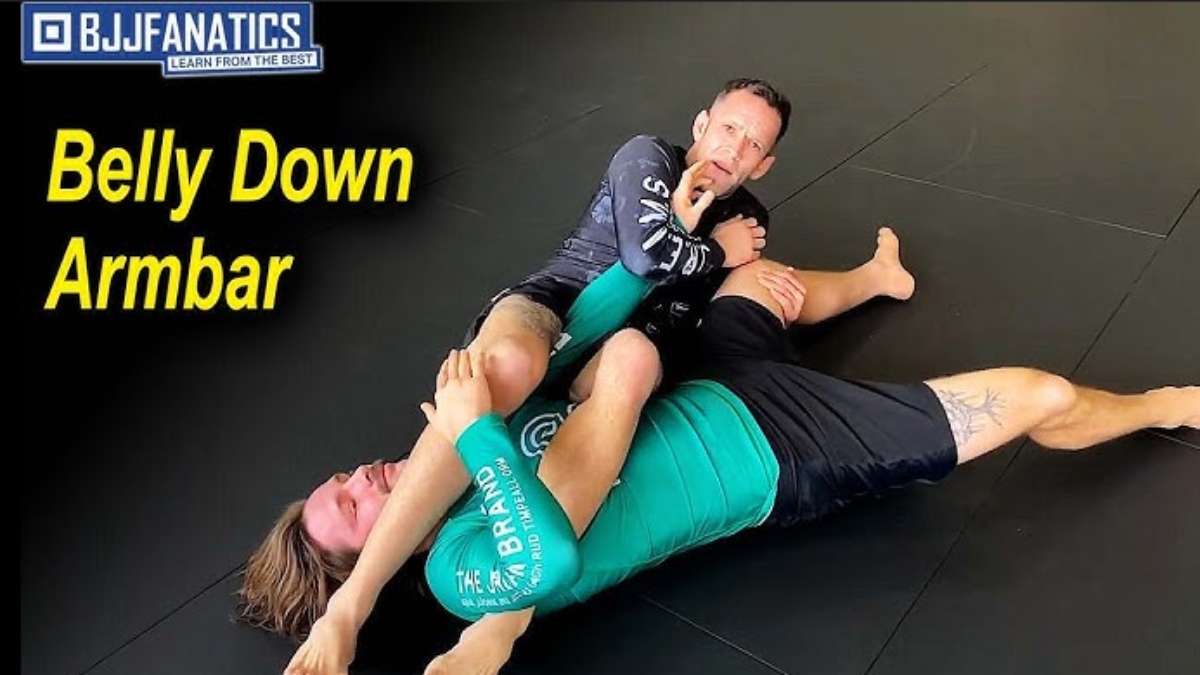Introduction
If you want to improve your fitness and posture, you’ve probably heard about the importance of exercises performed belly down. But what exactly does belly down mean, and why is it so effective for your body? In this guide, you will learn everything you need to know about the belly down position, how it supports your core strength, and why it’s a simple yet powerful way to enhance your overall health. Whether you are new to fitness or looking for ways to correct your posture, practicing belly down exercises can be a great start.
What Does Belly Down Mean?
Belly down is a body position where you lie flat on your stomach, face down towards the floor. This position is also called the prone position in fitness and therapy circles. Many exercises and stretches use the belly down position to target the muscles in your back, core, hips, and even shoulders. It might feel a bit uncomfortable at first if you are not used to it, but with time, it becomes easier and very beneficial.
Why Is Belly Down Good for Your Fitness?
Using the belly down position in your workouts helps engage muscles that often get neglected during other types of exercise. Here are some reasons belly down exercises improve fitness:
-
Strengthens core muscles that support your spine and improve balance.
-
Enhances posture by targeting back muscles and reducing slouching.
-
Improves flexibility especially in the lower back and hips.
-
Aids in injury prevention by building a strong foundation in your core and back.
-
Supports spinal alignment and reduces the risk of back pain.
Top Belly Down Exercises to Try
Here are some effective belly down exercises you can incorporate into your routine:
1. Superman Exercise
Lie flat on your belly down, stretch your arms forward, and lift both your arms and legs off the floor. Hold for a few seconds and slowly lower. This targets your lower back and strengthens your spine-supporting muscles.
2. Cobra Stretch
From the belly down position, place your hands near your shoulders and gently push your upper body up while keeping your hips on the floor. This stretch helps open the chest and improves spinal flexibility.
3. Prone Leg Lifts
Lie belly down, keep your legs straight, and lift one leg at a time a few inches off the floor. This exercise strengthens your glutes and lower back muscles.
4. Bird Dog (Modified for Belly Down)
While traditionally done on hands and knees, a belly down version involves lifting opposite arms and legs while keeping your torso steady. It improves balance and core strength.
How Belly Down Position Improves Your Posture
Spending long hours sitting or standing with poor posture strains your back and neck. The belly down position is excellent for counteracting this because:
-
It activates postural muscles that keep your spine straight.
-
It encourages neutral spinal alignment, reducing pressure on vertebrae.
-
It stretches tight muscles in the chest and shoulders that cause hunching.
-
It promotes better breathing by opening your diaphragm.
Practicing belly down stretches and exercises regularly can help you maintain a healthier posture throughout the day.
Tips for Beginners Practicing Belly Down
If you are new to belly down exercises, keep these tips in mind:
-
Start slowly and hold positions for short periods.
-
Use a soft surface or yoga mat for comfort.
-
Avoid any movements that cause pain or discomfort.
-
Breathe deeply and consistently during exercises.
-
Gradually increase the duration and repetitions as you get stronger.
Common Mistakes to Avoid When Doing Belly Down Exercises
To get the best results and avoid injury:
-
Don’t overarch your lower back during exercises.
-
Avoid holding your breath.
-
Don’t push through sharp pain.
-
Keep your neck relaxed; don’t strain it looking forward.
-
Maintain controlled and smooth movements.
How Often Should You Practice Belly Down Exercises?
For best results, aim for 3 to 4 sessions per week, each lasting 15 to 30 minutes. Consistency is key to building strength and improving posture. You can combine belly down exercises with other workouts for a balanced routine.
Conclusion
Incorporating belly down exercises into your fitness routine is a simple yet powerful way to strengthen your core, improve posture, and reduce back pain. Whether you want to enhance your athletic performance or just stand and sit better throughout the day, belly down movements can help you achieve those goals. Remember to start slow, focus on proper form, and listen to your body. With patience and practice, the belly down position will become a natural part of your fitness and wellness journey.
FAQ
1. Is belly down good for everyone?
Most adults can benefit from belly down exercises, but if you have certain medical conditions or injuries, consult a healthcare provider first.
2. Can belly down position help with back pain?
Yes, it strengthens the muscles that support your spine, which may reduce and prevent back pain.
3. How long should I hold belly down stretches?
Start with 15 to 30 seconds and increase the time as you feel comfortable.
4. Can I do belly down exercises if I’m pregnant?
Pregnant women should check with their doctor before doing belly down exercises, especially after the first trimester.
5. What equipment do I need?
A yoga mat or soft surface is ideal for comfort during belly down exercises.
6. Can belly down exercises improve my athletic performance?
Yes, strengthening your core and back muscles enhances overall stability and performance.
7. How does belly down position affect breathing?
It opens the chest and diaphragm, encouraging deeper, more effective breathing.
8. What if I feel discomfort in my neck during belly down exercises?
Try keeping your head resting on the floor or turn it gently to one side to avoid neck strain.
